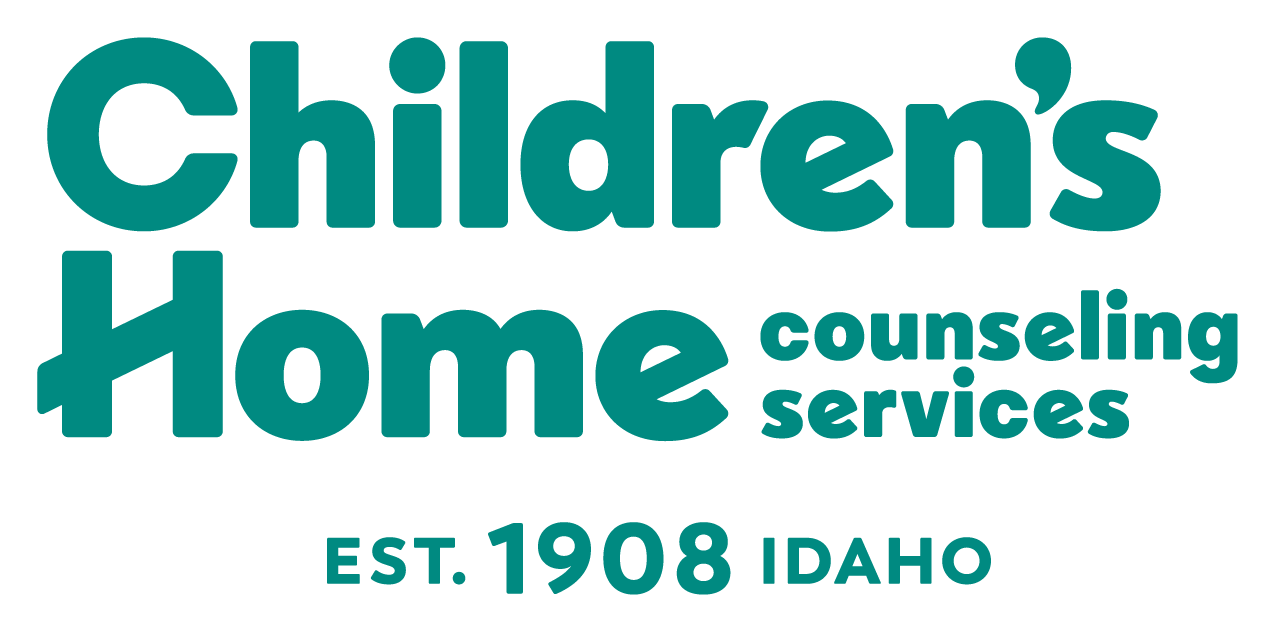Back to School
How to help your kids and yourself handle stress and anxiety when going back to school.
Anxiety affects more than 6 million kids in the United States.
It is normal to feel anxiety and stress, and helpful to know how to regulate and understand those feelings. Remember, you don’t have to have a mental illness to not be mentally and emotionally okay.
Signs of anxiety can look like:
- Acting out
- Tantrums
- Struggles to make friends
- Stomachaches or headaches
- Difficulty following schedule/routine at school
- Excessive crying, fear, and worry
- Trouble sleeping
- Excessive hyperactivity
- Loss of appetite
- Loss of interest in things they enjoy
- Concerns about their physical appearance
- Withdrawing from friends and family
- Not responding to questions or conversations -zoning out looking lost in their thoughts
What parents and caregivers can do
Communicate
- Communicate with your child’s teacher.
- Encourage open communication with your child.
- Listen, listen, listen. Listen more than talk with your child.
- Tell your child when they are doing well.
- Name and talk about your own feelings. This helps children learn how to name emotions and that everyone has emotions, and it is normal.
- For example: “we are running late and I feel anxious and frustrated” or “It’s Taco Tuesday and I am so excited for dinner!”
- Identifying how you cope with your feelings:
- For example, “I need to take some deep breaths, do you want to breathe with me?” or, “Music helps me refocus and calm down, let’s turn on the radio.”
- Having a rough day? Tell your child, “Today was rough, I feel tired and upset (or whatever emotion you feel) and I need to take 5 minutes for a break. I’ll set the timer and be back out after it goes off.” Showing your children, it is okay to take a breather/a break is great way to show how we can regulate our emotions.
- Talk with your child about their feelings:
- Some may not know what they are feeling, help them out by sharing what you see. For example, “Hey, you look worried, you’re fidgeting, and your eyebrows are scrunched up. I’m wondering what’s going on?”
Build Excitement
- Go to back-to-school night, so your child can see where their classroom is, where they will sit.
- Be excited about school starting, take your child shopping for school supplies.
- Be compassionate .
- Be positive.
Have Structure
- Implement the school schedule at home before school starts.
- Pick out clothes the night before, have an assigned space for their backpack and shoes to always go.
Ideas to help children and ourselves cope with intense feelings:
- Breathing exercises - Place a hand on your belly or chest. Deep breathe in through your nose and slowly out your mouth. You can also tap with your fingers as you breathe, or trace your hand with your opposing finger-breathing in as you trace up and breathing out as you trace down.
- Positive phrases- Any phrase or song lyric that is positive and anchoring can be repeated either in mind or out loud. A phrase such as, “I am safe, I am brave.” “I am loved, I am smart, I can do hard things.”
- Fidget toys - Sensory items, putty, stress balls, spinners, and fidget cubes, Velcro or textured pictures/strips on their water bottle. These items can draw your child’s focus away from the anxiety and stress they are feeling overwhelmed by. Giving your child something they can have in their hands can be a powerful tool to relieve their anxiety.
- Chill spaces - A place that is comfortable and quiet at home they can go to and soothe and change their focus. Have sketch pads, coloring books, pencils, colored pencils, books, etc.
- Journaling - Provide a journal they can write and or draw in to express and process their feelings
- Do not read their journal, but invite them to share it with you if they ever want to
- Explore the “What ifs” - With anxiety and worry we all know how to go to the worst-case scenario. With your child, identify the worst-case scenario, then the best-case scenario, and lastly what is the most likely scenario of how something will go.
- Physical activity - Walk, bike ride, sports, batting cage, rock climbing, playing catch, jumping jacks, pushups, anything physical and fun!
- Meditation - Being mindful, and breathing. Focus on how the body feels as the focus turns to calm breathing and tuning out all the noise.
Back-to-School Drive:
Help Us Support Local Kids
Back-to-school season is just around the corner!
Boise School District begins Monday, August 12
West Ada School District begins Tuesday, August 13
Summer goes fast—and for many of the families we serve, the return to school brings added financial stress. You can help ensure every child starts the year confident and prepared by donating backpacks and essential school supplies.
What We Need:
We're collecting new backpacks and the following supplies commonly requested by Boise and West Ada school districts:
- Wide and College -ruled notebooks & composition books
- Folders with pockets & brads
- Crayons (24-count)
- Colored pencils & washable markers
- Glue sticks & Elmer’s glue
- Child-safe scissors
- #2 pencils & pencil top erasers
- Dry erase markers
- Highlighters
- Rulers & pencil boxes
- Headphones (for classroom tech use)
- Tissues & hand sanitizer
🔗 School Supply Lists:
Want to Donate?
Please fill out our Donation Interest Form below so we can coordinate drop-off—or arrange a pick-up if you're in the Boise or Meridian area!
Drop-Off Info:
Donations can be brought to:
Children’s Home Counseling Services
1750 W. Front Street #200
Boise, Idaho 83702 (Temporary boise Location.
OR
1833 S Millennium Way #120
Meridian, Idaho 83642
Monday–Friday, 9 AM – 5 PM
We kindly ask that donations be delivered by
Tuesday, July 30, so we can distribute them during our
Back-to-School Event, giving families time to get organized before the school year starts.
Still want to help but need more time? No problem—we’ll gratefully accept supplies after this date too!
In-Kind Donation Receipts
We are happy to provide an in-kind donation receipt for your records. If you would like a receipt for your donation, please be sure to:
- Include your name and contact information when you drop off or schedule your donation.
- If possible, provide an itemized list of donated goods and their estimated value (we are unable to assign dollar amounts, but we will acknowledge the items received).
Receipts can be mailed or emailed upon request.
For questions, please contact
Grace Shimatsu at gshimatsu@childrenshomeidaho.org
Thank you for supporting the children and families we serve. Your donations make a real difference!

